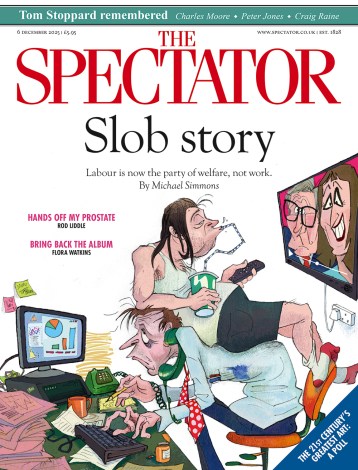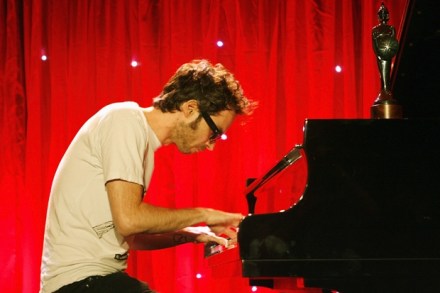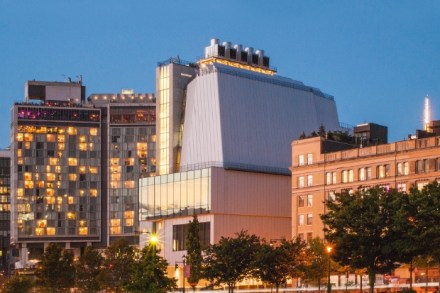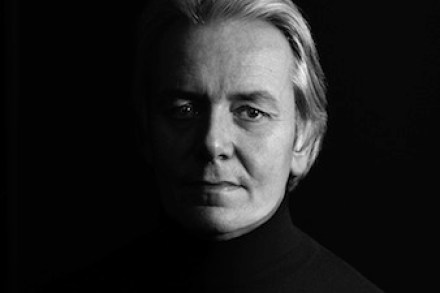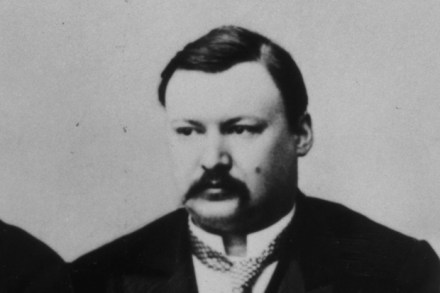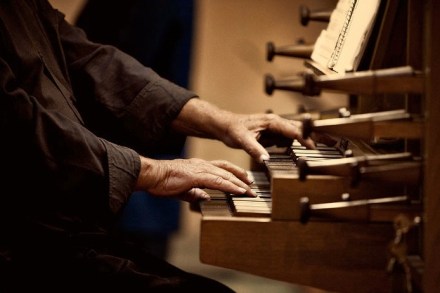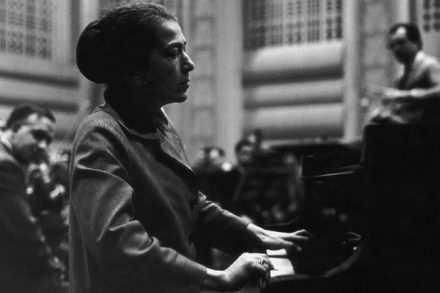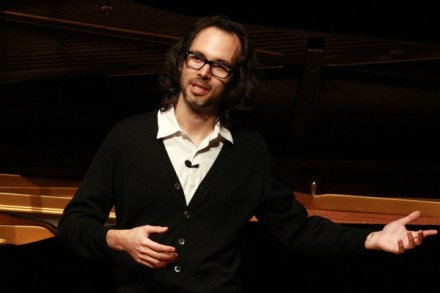An American in Paris
Paris Opera Ballet plays hard to get. It doesn’t deign to travel all the way over here, thanks to a combination of exorbitant expense and a languid disdain for the little Britons with their Johnny-come-lately ballet tradition (not even one century old, let alone three and a half). So if the mountain won’t come to Mahomet, it behoves Mahomet to go to the mountain. And now is the time to do it, with the ructions brought on by the arrival last year and the departure this of Natalie Portman’s husband as ballet artistic director. Benjamin Millepied is French but spent his career as a leading dancer in New York City

